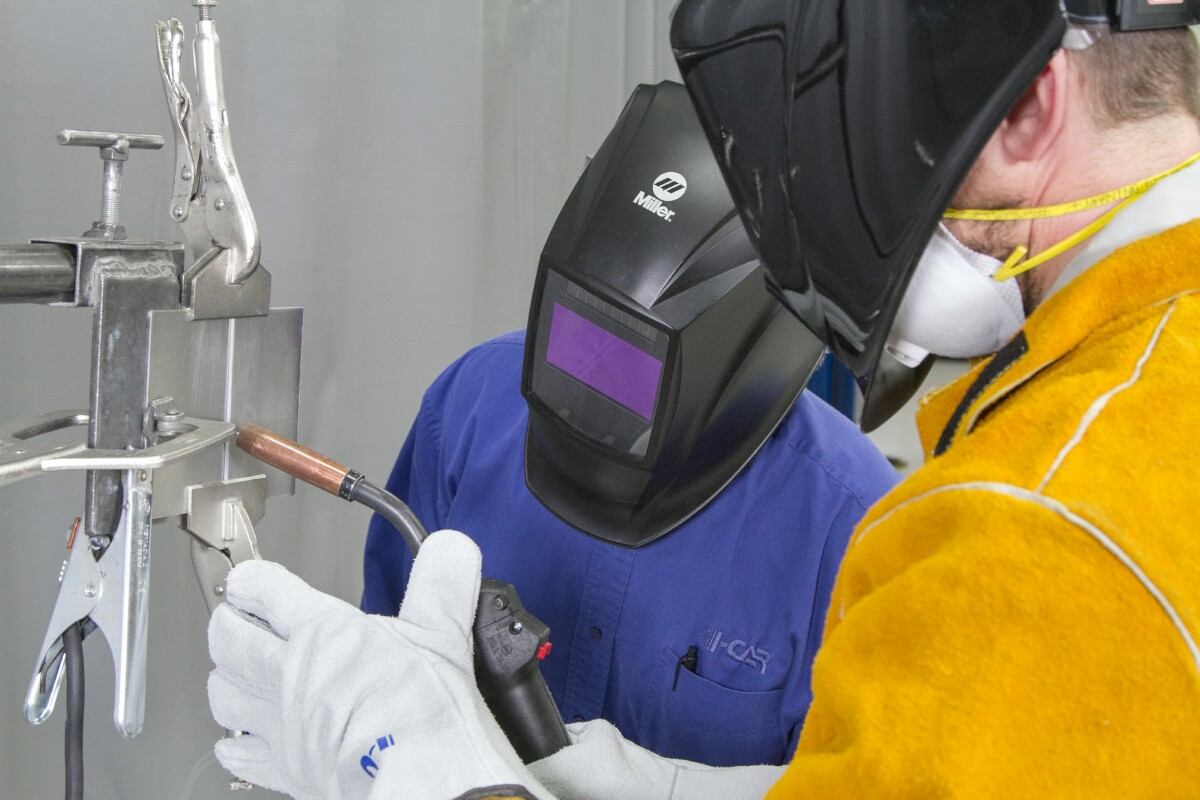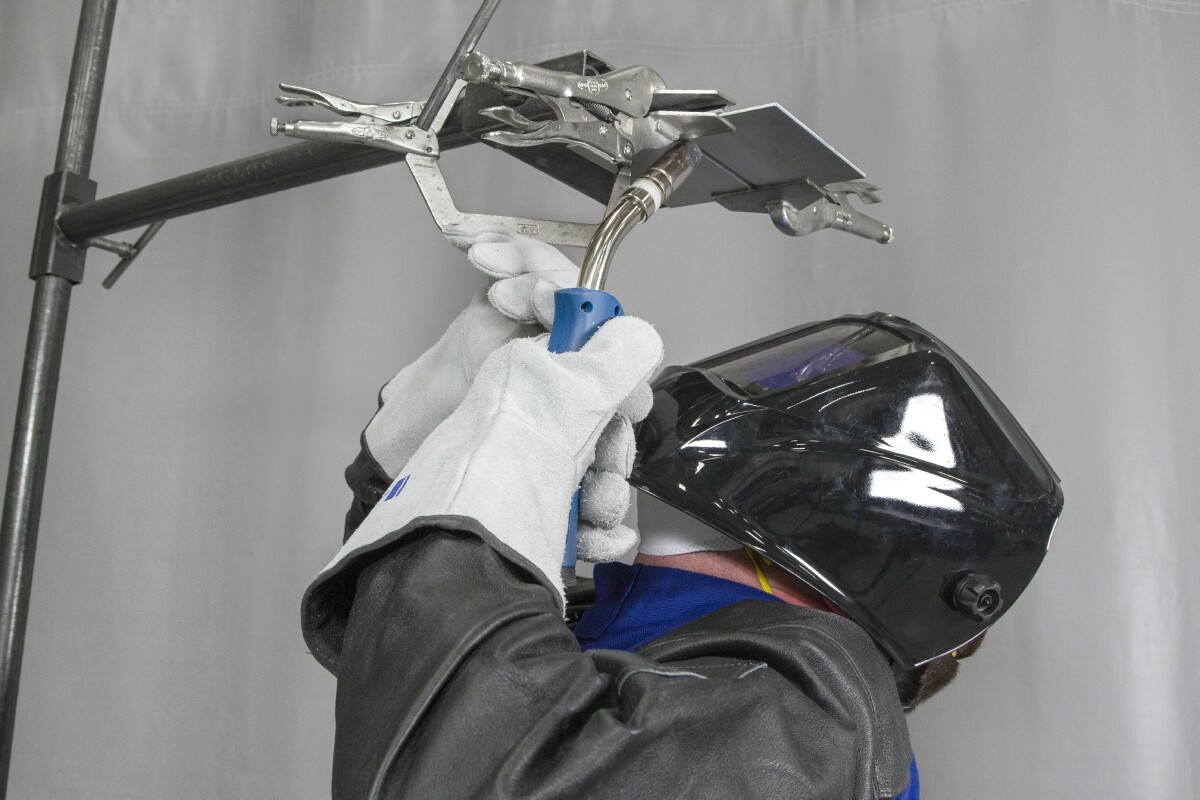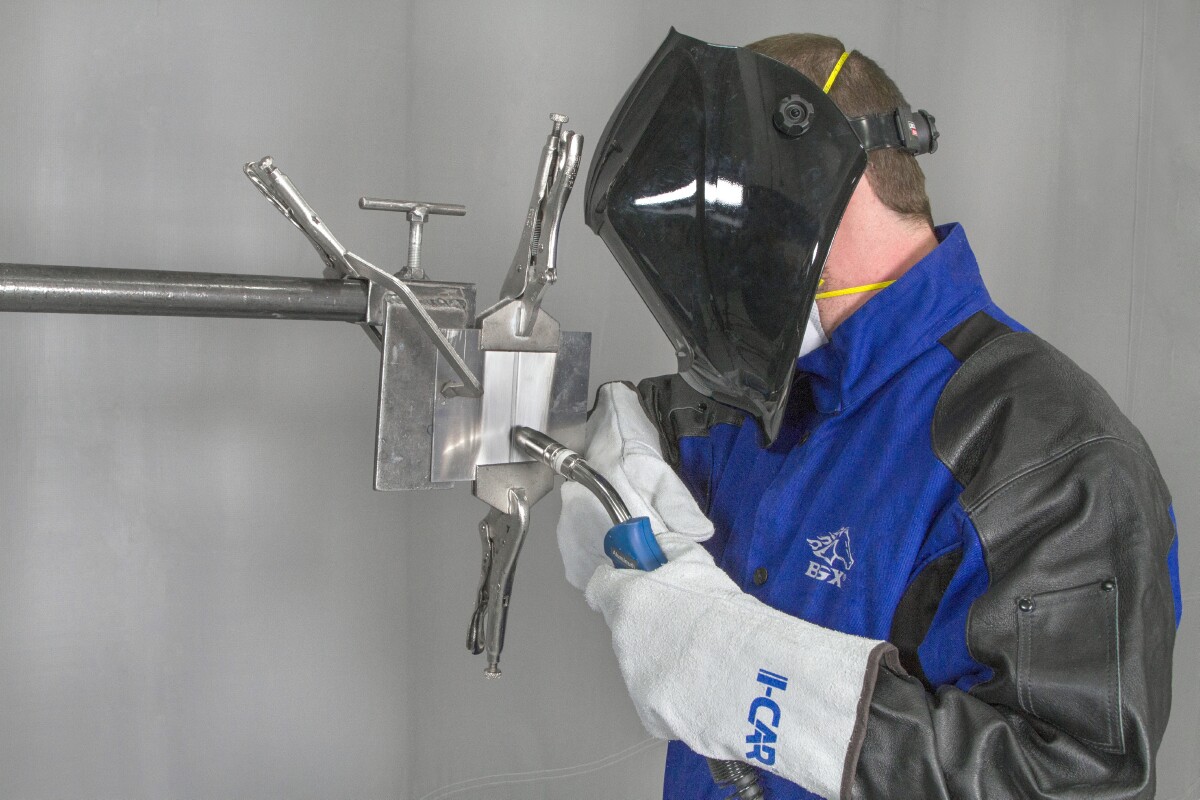New fuel efficiency standards in the U.S. are a driving force inrequiring auto manufacturers to improve the miles per gallon forcars and light-duty trucks rolling off of the assembly lines in thenext few years. By 2016, vehicles are required to reach 35.5 mpgand by 2025 that number should reach 54.5 mpg. Regulations formedium- and heavy-duty trucks will also require improved fuelefficiency and a reduction in carbon pollution for model years2021-2027.
|How will manufacturers achieve these more fuel efficientnumbers? A number of ways including the use of hybrid engines,greater use of start and stop technology, more efficient airconditioning compressors and more electric power steering accordingto Susanna Gotsch of CCCInformation Services.
|One major way to shed some significant weight and increase mpgwill be the use of more aluminum in cars.
|Manufacturers like Ferrari, Audi, BMW, Honda, Lotus, Mercedes,Aston Martin and Range Rover are creating completely aluminum carsor using it for body panels and hoods. Others are using aluminumparts for fenders, trunks and liftgates.
|The Aluminum Association says that manufacturers like thelighter weight material for its strength and environmentaladvantages. While steel is still the most used material invehicles, aluminum comes in at a strong second, with almost 90% ofit able to be recycled at the end of a vehicle’s life.
|As manufacturers make the shift to more aluminum vehicles, thiswill also change how and where vehicles involved in an accidentwill be repaired. According to Dan Young, senior vice president ofinsurance relations for CARSTAR, there are anywhere from34,000 to 36,000 collision repair shops in the U.S. “Those shopsare fixing cars for an industry that is worth $30 billion and theyare all vying for this work.”
|Not every shop is equipped or has technicians trained to work onaluminum vehicles. “There is a great deal of cost that a shop hasto be willing to invest to get into this aspect of the business,”adds Young. “They have to get certified to work on wholly aluminumvehicles, have separate tools and work areas, and that can costseveral hundred thousand dollars.” Because of cross-contaminationissues, aluminum cars cannot be worked on in the same area as steelcars because the aluminum particles will wear down the steel.
|Young says that there are different training requirementsdepending on the manufacturer. Audi, Jaguar, Land Rover and BMWrequire technicians be trained to work on their aluminum vehicles.Those currently trained to work on steel vehicles will have to beretrained to work on aluminum as well. I-CAR, the Inter-Industry Conference onAuto Collision Repair, has developed training courses recognized bymany manufacturers and is working with insurers to educateappraisers, adjusters and technicians on what is involved inrepairing these new vehicles.
|
Photo: I-CAR
|Training time
|“Training for working with aluminum in collision repair differsfrom training for working with steel in that you’re often usingdifferent tools and different techniques because of the propertiesof each material,” explains Jason Bartanen, director of industrytechnical relations for I-CAR. “It’s not that aluminum is moredifficult to work with; it’s more a matter of getting trained onhow to use the different tools that are specific to each materialand the proper material-specific attachment techniques.”
|However, Bartanen says that the training technicians havealready received for working on steel cars definitely translatesinto repairing aluminum vehicles. “You have the three-dimensionalmeasuring, many of the basic hammers and dollies that they’re goingto be using a lot on aluminum, corrosion protection, etc. I oftenhear from people, ‘Well, aluminum doesn’t need corrosionprotection.’ It absolutely needs corrosion protection. Soa lot of the foundational pieces translate to aluminum.”
|The welding machines from steel to aluminum are completelydifferent, as are the techniques utilized for the repairs. “Rightnow, the majority of steel vehicles aren’t repaired with rivetguns, so they’re learning a new tool, a new piece of equipment. Inthe future, we’ll probably be using rivet guns for steel cars, butright now the majority of steel repairs are not made withrivet guns; they’re repaired with spot welders and MIG welding, sothere are some tool differences there,” explains Bartanen. “Evenfrom a damage-analysis standpoint, some of the rules for what isrepairable for a steel vehicle don’t apply to aluminum.”
|I-CAR uses a “kink versus bend rule,” which says if the part iskinked, it should be replaced; if it is bent, straightening may bean option. “So there are some differences from a damage-analysisstandpoint,” adds Bartanen. “Micro cracking occurs in aluminumpanels, and you can’t see it with the naked eye, so you need dyepenetrant to identify it. Now, dye penetrant isn’t something thatwe use as often on steel vehicles, but it might come in handy onaluminum vehicles. So there are some subtle differences from adamage-analysis standpoint, as well.”
||
Photo: I-CAR
|Working with steel is not a prerequisite for learning to work onaluminum cars and the amount of time required to train techniciansreally depends on the individual and his (or her) aptitude forpicking up the repair techniques. “Sometimes, the experiencedtechnician may have some bad habits that they need to unlearn,while an inexperienced technician who is completely new tocollision repair may absorb a bit better. Conversely, of course, anew technician may have trouble grasping some of the concepts,whereas an experienced technician may have some familiarity thathelps them,” says Bartanen.
|I-CAR training options vary in length and intensity depending onthe technician’s experience level and employment goals. There is athree-credit-hour program on aluminum panel removal andinstallation, classroom-based night classes held at local schoolsor training facilities, intense certification courses formanufacturers like Jaguar and Land Rover, as well as introductorycourses for those who have never worked on a car before to helpthem learn industry terminology, tools and estimating.
|Manufacturers also have their own in-house training programs fortechnicians. “Audi offers up to a 10-day program for its aluminumnetwork, which is very hands-on intensive,” says Bartanen.“Students go through an internationally recognized ISO weldingcertification test. It’s much more hands-on, a lot more time, andbecause of this, more costly.”
|
Photo: I-CAR
|Different tools required
|Training isn’t the only differentiator for working on aluminumvehicles. Among the tools that differ significantly from steel toaluminum cars are the rivets. ”Definitely rivets, whether it’s aself-piercing rivet, a blind rivet or a solid rivet, are somethingthat we’re not using to repair most steel vehicles today,” explainsBartanen. “Conversely, we’re not using spot welders on aluminumvehicles, but we’re using them on steel today. The MIG weldingequipment that we use – although you can use a MIG welding piece ofequipment – you have to convert the machine unless it offersmultiple guns with it. You’re using a different shielding gas forsteel versus aluminum. You’re using different electrode wire forsteel versus aluminum. Even the different techniques – you caneither push or pull for steel welding – while for aluminum you haveto push, or you’ll get contamination in the weld. So there are somesubtle differences in technique as well.”
|
Photo: I-CAR
|Repair process of the future
|In addition to requiring new training, tools and equipment, andsegregating the repair areas for aluminum and steel cars, therewill be some new challenges for repair shops and insurers toconsider.
|“When you look at the investment that shops will have to make goget into this business, it will impact the repair cost,” saysYoung. “Fifty percent of the U.S. market has a vehicle that is 12years old. Everyone will be focused on the average cost of repairsas they creep up. As technology in vehicles gets moresophisticated, breaking a computer now means damaging the commandcenter. Aluminum cars require different tools and skill sets, whichwill mean more expenses.”
|“Going forward, we’re not going to be working on a steel-onlyvehicle or an aluminum-only vehicle – we’re going to be working ona vehicle that has a combination of steel, aluminum, carbon fiber,magnesium, and probably some other materials that we’re not evenfamiliar with yet, so when we reach that level of hybridization,we’re not going to be able to segregate them,” warns Bartanen.
|“The Cadillac CT6, for example, has both aluminum and steel onthe side of the vehicle. You can’t use conventional weldingtechniques because you can’t weld steel to aluminum – not in anaftermarket process anyway. So we’re going to be repairing thosetypes of vehicles with rivet and rivet-bonding techniques thatwe’re going to be learning as we start to repair more aluminumcars.”
|Bartanen believes that it will be critical for repair facilitiesto provide a learning culture for technicians to encourage them tolearn new techniques in order to adapt to the changes they will beseeing in future vehicles. “There’s going to be a learning curvethere, and those who have embraced a learning culture, believingtraining and knowledge-sharing are valuable and contribute toimproved business performance sooner rather than later are going tobe more prepared—not only to repair aluminum vehicles tomorrow, butalso to repair hybrid vehicles that have aluminum and steel onthem.”
|I-CAR’s Platinum ProLevel designation can provide insuranceprofessionals with the information they need to stay current withchanges in the automotive repair industry, particularly vehicleslike the aluminum-intensive 2015 Ford F-150. USAA is one of theinsurers who has committed to training 100% of its auto physicaldamage appraisers (APDAs) to achieve the Platinum ProLevel 1 and todate, 96% have achieved the designation.
Want to continue reading?
Become a Free PropertyCasualty360 Digital Reader
Your access to unlimited PropertyCasualty360 content isn’t changing.
Once you are an ALM digital member, you’ll receive:
- All PropertyCasualty360.com news coverage, best practices, and in-depth analysis.
- Educational webcasts, resources from industry leaders, and informative newsletters.
- Other award-winning websites including BenefitsPRO.com and ThinkAdvisor.com.
Already have an account? Sign In
© 2024 ALM Global, LLC, All Rights Reserved. Request academic re-use from www.copyright.com. All other uses, submit a request to [email protected]. For more information visit Asset & Logo Licensing.








